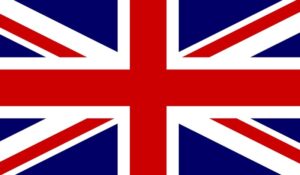The Power of Pine
We have always chosen to use pine timber to make our Bedmax, Littlemax and Stockmax shavings.
Most shavings-based beddings are made from Spruce, but there is a big difference in the benefits you get from these two softwoods, and the Scots Pine we use offers our customers and their animals a unique and remarkable health and hygiene advantage.
Scots Pine (Pinus Sylvestris) is the only species of softwood native to the British Isles. It’s the preferred home of our native red squirrel, and we buy our pine timber only from managed renewable forestry sources in the UK, where every mature tree extracted is replaced with new planting.


Ancient Wisdom
For thousands of years, pine has been recognised as a powerful natural antiseptic. In cultures as far apart in distance and time as the Ming dynasty in China and the First Peoples of North America, pine timber and its needles have been used as antiseptic protection and in the treatment of illness. In the days of the working horse in Britain, pine sawdust was often spread on stable floors as a hygienic barrier under straw bedding, and even today modern pine disinfectants claim to kill 99.9% of all known germs!
Modern Scientific Evidence
“Pine wood possesses clear hygienic advantages compared to other woods…”
Source: A. Schönwälder, R. Kehr, A. Wulf and K. Smalla
PINE KILLS E. coli and E. faecium
In a study by the German Federal Biological Research Centre for Agriculture and Forestry in 2005, pine was tested against spruce and larch – the softwoods most commonly used for making wood shavings beddings. All species were inoculated with Escherichia coli pIE639 (E.coli) and Enterococcus faecium bacteria, two of the most common harmful strains of bacteria found in stables. The study concluded that only pine completely eradicated these bacterial threats AND prevented their regeneration.
Research Sources
Experiments with Pine and Spruce
The survival of two hygienically relevant bacteria, Escherichia coli pIE636 (E. coli) and Enterococcus faecium (E. faecium) was followed on wooden sawdust of seven different European woods (pine, spruce, larch, beech, maple, poplar and oak)…
The Survival of Bacteria on and in Different Wood and Plastics
The survival of bacteria on and in different wooden and plastic was examined by microbiological methods. Wood of different tree species were inoculated with Escherichia coli pIE639 and Enterococcus faecium...
Equine Health Advice & Resources
Promoting preventative horse health care








